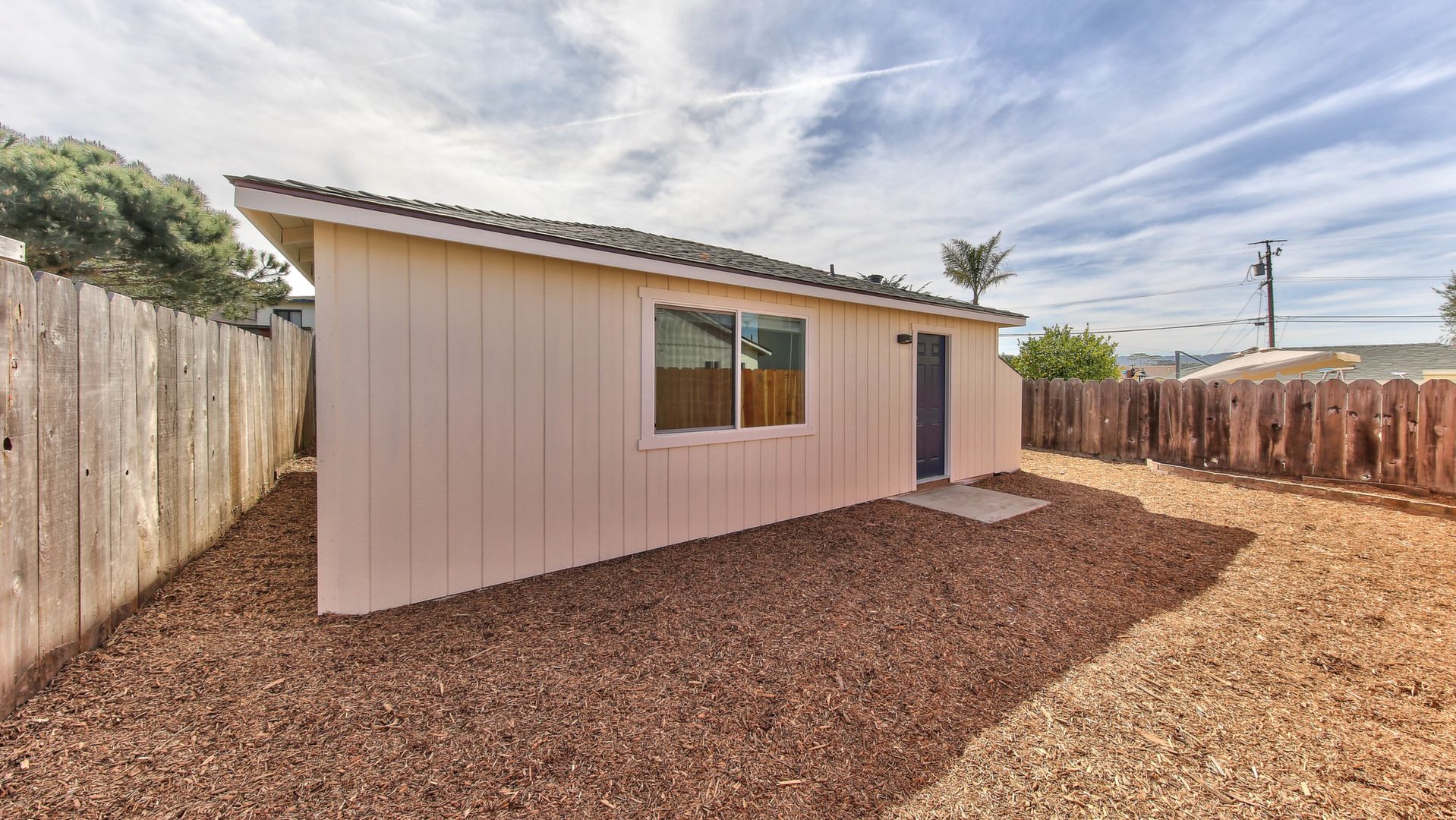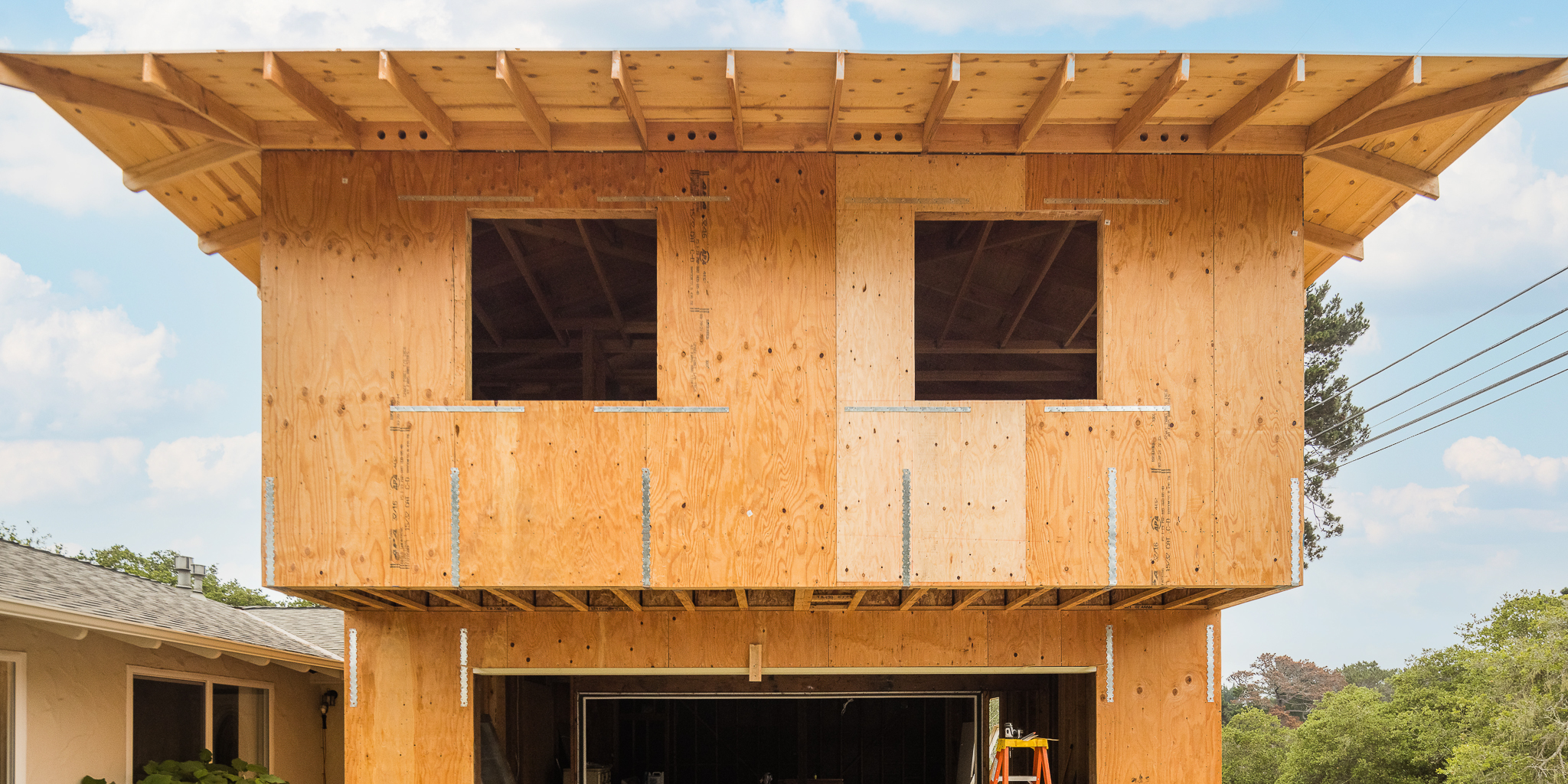California drought projected to impact future development
Marin County Water Hook-up Moratorium Won't Impact ADU Construction
When the California drought was declared in early 2021, Marin County was one of the first to place mandatory restrictions. Although the recent rainfall in Marin County that has some reservoirs near capacity, the trend of increasing multi-year droughts isn’t likely to abate anytime soon. Fears of a prolonged drought have some projecting that Marin County will run out of water in the near future. Rainfall within the Marin Municipal Water District has been lowest recorded in the 143 years of record keeping and local reservoirs were at less than 50% capacity for most of 2021.
California Drought Trend
In response to on-going drought conditions, the MMWD adopted ordinance 452 which temporarily limits new water hookups at their June 6, 2021 Board meeting. An extreme measure only seen two other times in Marin’s history; for five years from 1973 to 1978, and again for four years from 1989 to 1993.
In both cases Marin’s total capacity and demand was much lower than present day. Recent rainfall is still well below average, and below the 1976-77 drought levels.
Drought Data for Marin County from Drought.Gov,
The restriction exempts accessory dwelling unit and affordable housing connections as well as new connections for projects that wouldn’t require a hook-up fee and fire hydrants.
Image from June 1 MMWD Board District Presentation
District Board Member and Vice-Mayor of Fairfax Larry Bragman noted at the June District meeting during which the temporary moratorium was considered, that most homeowners come to the District for hook up approvals after the planning and permitting component of the project was completed and that the timing of any moratorium would likely have delayed effects on any building project taking place within the District.
When asked at a recent MMWD meeting how the new housing mandate of 15,000 new units constructed in Marin County would impact regional water usage, district staff didn’t have a solid answer.
“In terms of what units get built, what type of units, and what location in the district, will depend on potable demand,” said Paul Sellier at the October 21 Board of Directors Special Meeting.
Development limitations are not the only possible solution that the MMWD has considered to address the water shortage. In addition to asking residents to reduce their own usage during the drought, the District has also looked into large-scale investments to conserve the water they have; shade balls for reservoirs (unlikely to be practical for their system), cloud-seeding (not likely a big ROI), desalination (also low ROI, also likely to face the shelf), increasing inter-ties to other systems (not necessarily a solution as neighbor Sonoma County is limiting water transfers), and installing greywater systems.
As some Marin residents noted, the problem isn’t as simple as moving water from one place to another, but rather every inch of water is spoken for and the movement of which is the cause of a century long water wars. It’s estimated that 60-80% of water used in California is for agriculture, with a large share of the remaining water used for industry. In other words limiting residential development won’t solve long-term drought trends driven by global systems.
But something that individuals do have control over is landscaping. By planting drought resistant and native landscaping, a homeowner’s water usage is reduced significantly. While rain gardens and native landscaping won’t solve the water shortage, they can alleviate some of the short term shortages and have the added benefit of helping build healthy ecosystems.
“The dominant use of irrigation water is spray irrigation for lawns,” said Ben Horenstein, MMWD General Manager, at the June 1 MMWD board meeting.
So meeting new housing needs may require no irrigation lawns. But the District is asking “What would no-net water look like for new development?”

This might include anything from developers taking responsibility for reducing the water footprint and installing greywater systems. The other consideration that the District wants Marin residents to consider is that a 10% increase in population won’t necessarily equate to a 10% increase in water usage with many newer developments having less landscaping and more water efficient appliances such as low-flow toilets and showerheads.
Some Marin residents are working at the grassroots level, volunteering for coalitions such as A Drop in the Bucket, a group aimed at informing Bay area residents about what they can do to mitigate the drought impacts. And requests to limit home usage were taken seriously by Marin County residents, with the District as a whole close to meeting their 50% water usage reduction.
MMWD Weekly Water Savings Tracker Goal as of 11/10/21
“We can’t do this alone, we need these grassroots efforts,” said Horenstein at the October 21 board meeting.
Read more about ADU requirements in Marin County.

